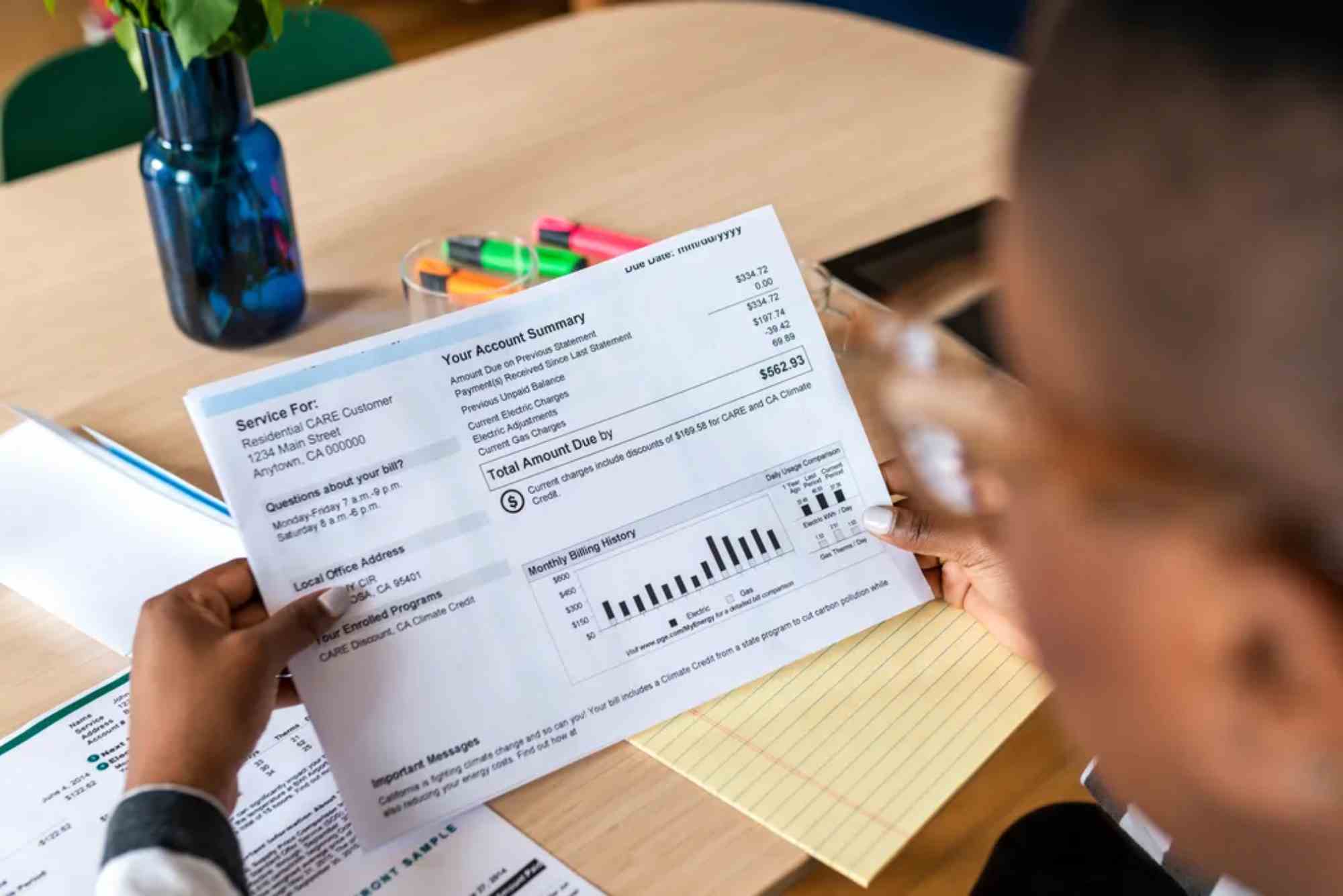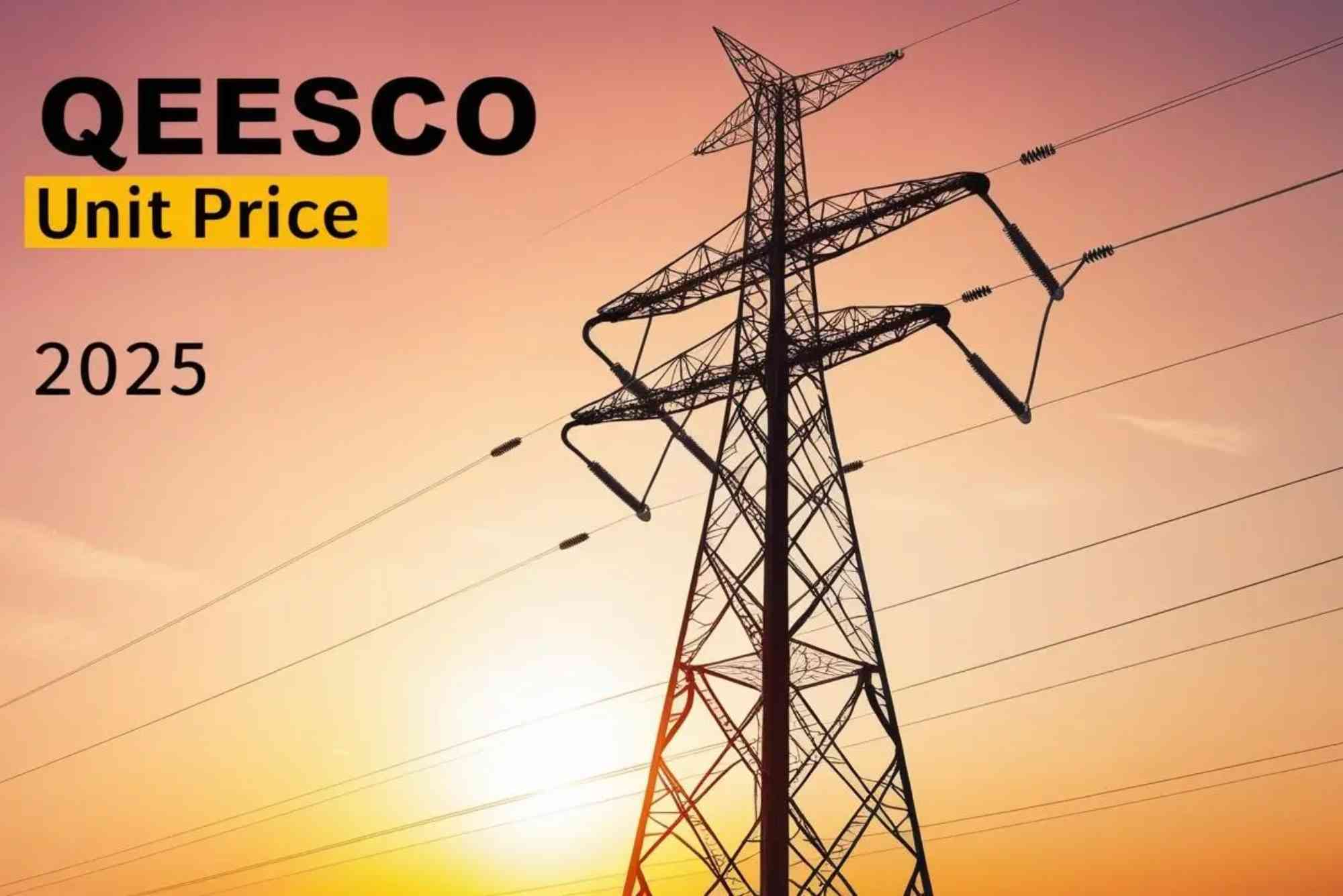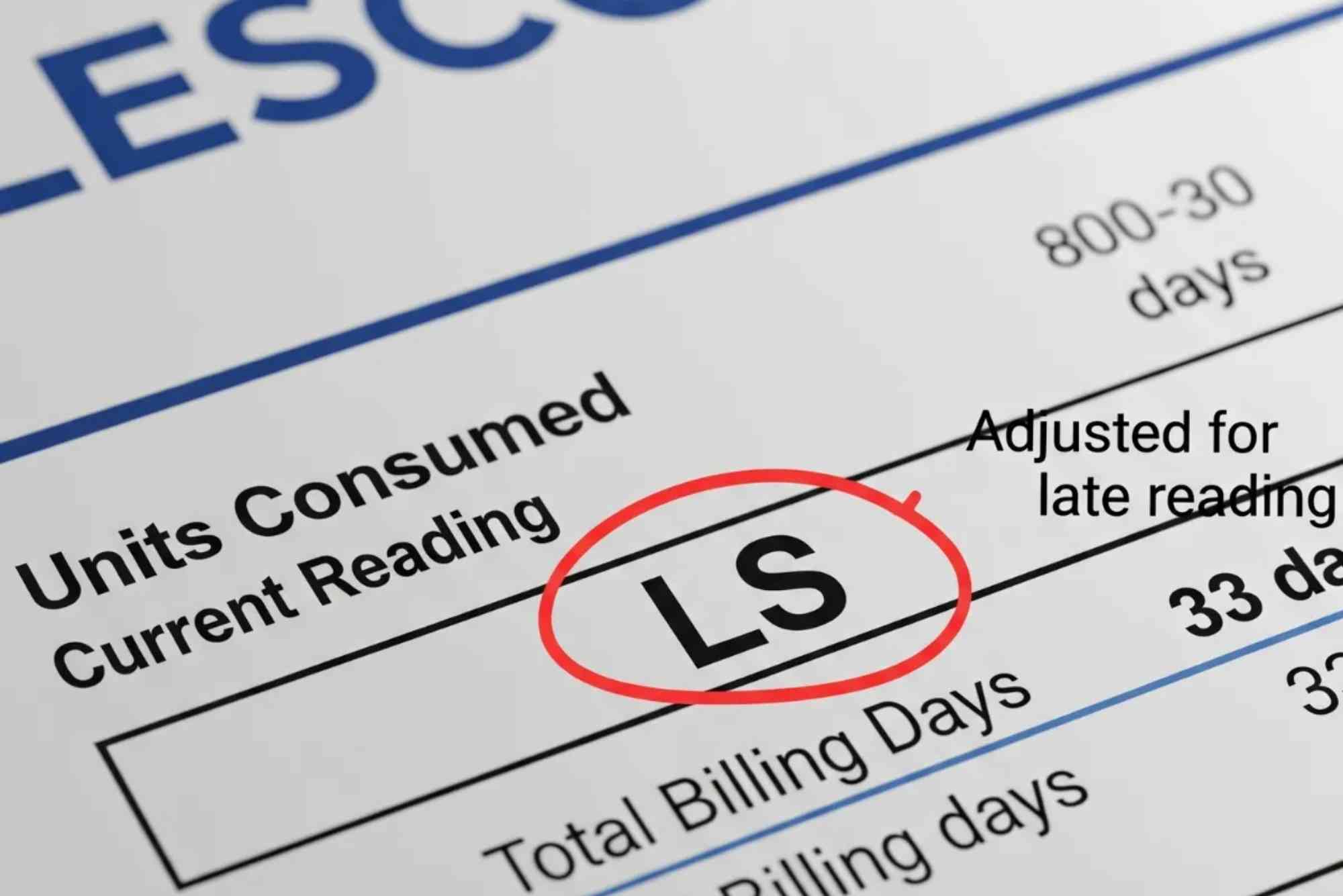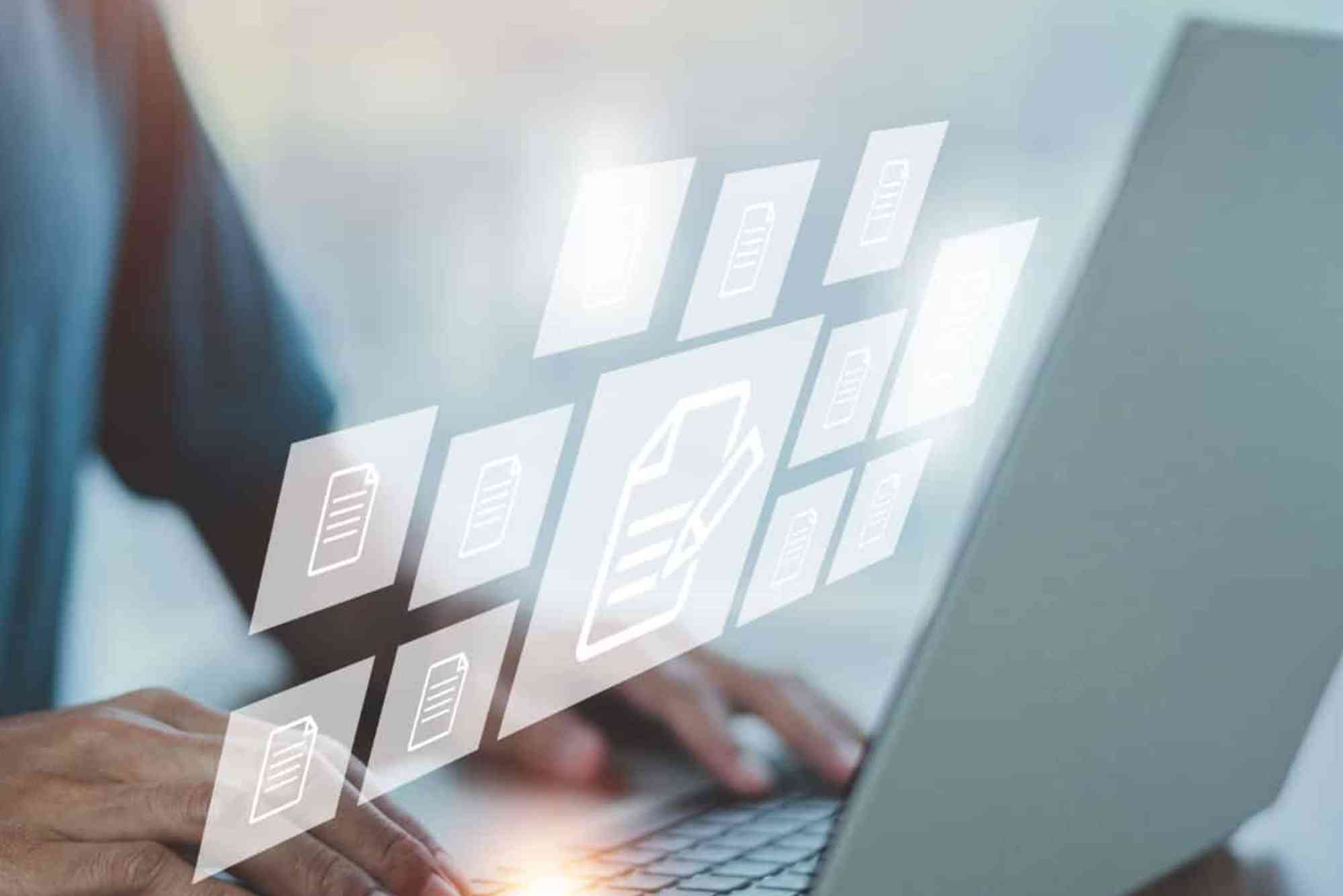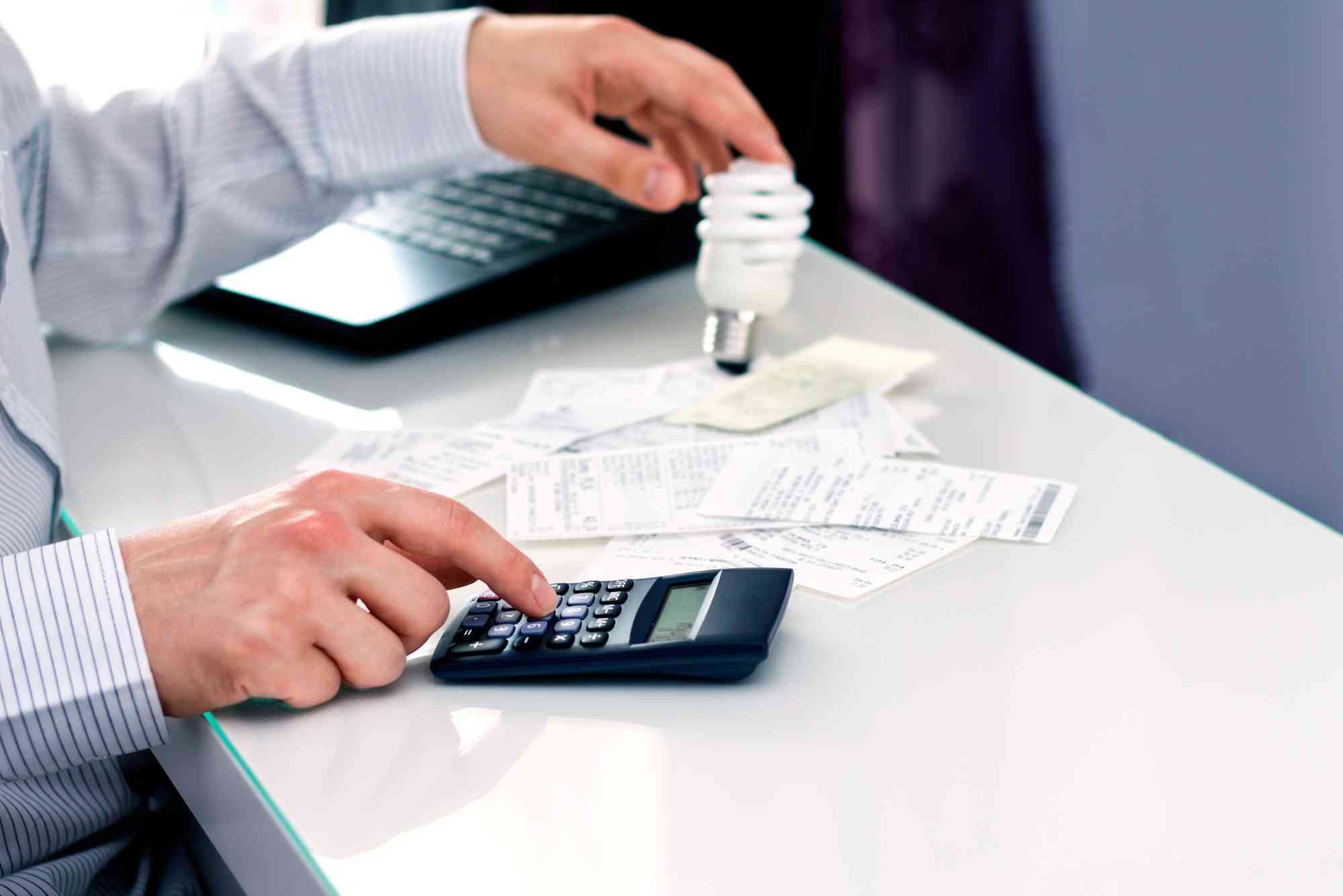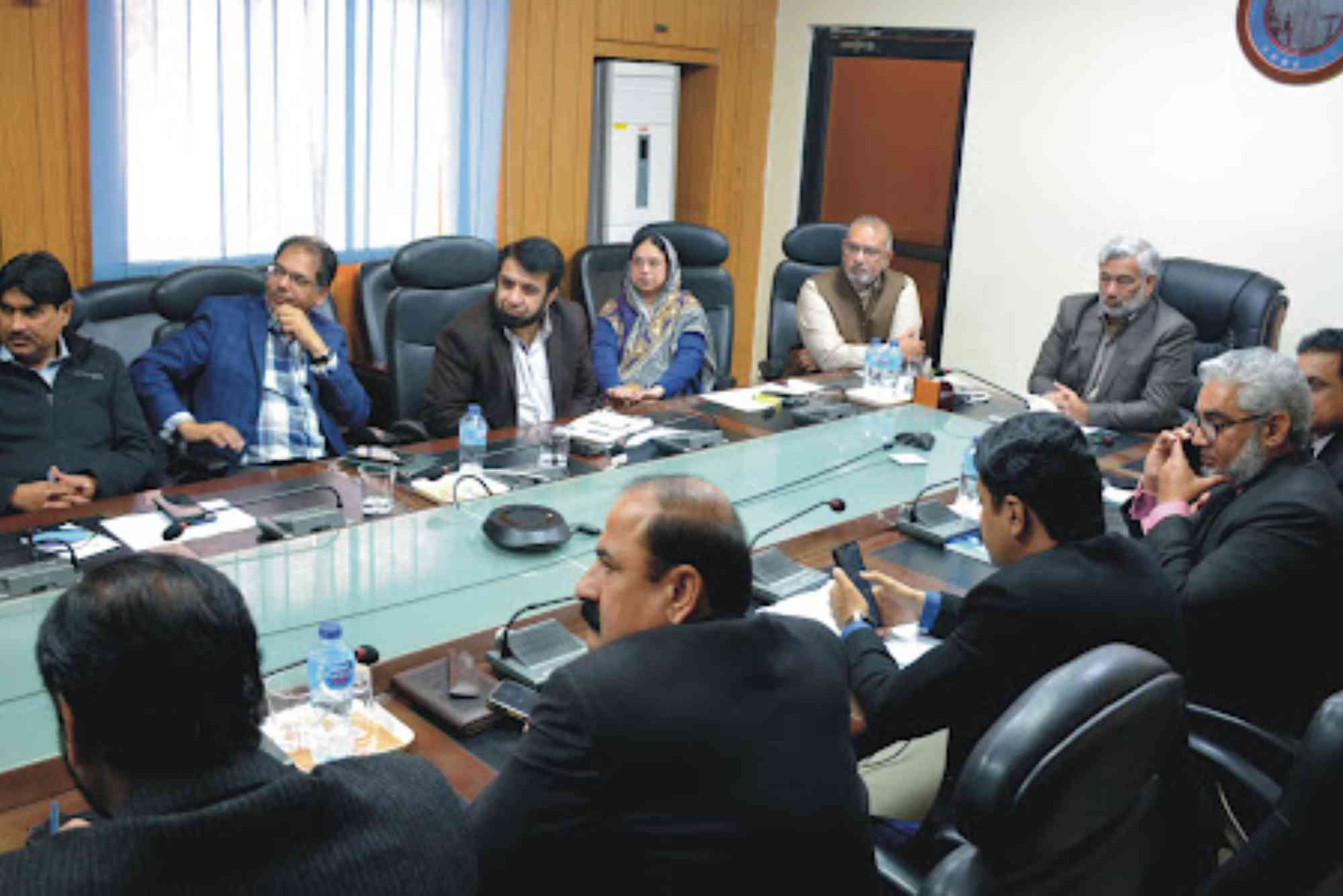Complete Guide to Iesco Rates (IESCO)
Electricity is a necessity in every household and business. In Islamabad and surrounding regions, the Islamabad Electric Supply Company (IESCO) is the primary power distributor. Understanding iesco rates is essential for managing your monthly budget effectively. Whether you are a homeowner, tenant, or business owner, being informed about billing slabs, unit rates, and additional charges will help you avoid surprises when your electricity bill arrives.
This guide provides a clear and comprehensive overview of IESCO’s electricity rates, their calculation method, and tips to reduce your electricity costs.
What Are IESCO Rates?
IESCO rates refer to the per-unit charges and billing slabs defined by the National Electric Power Regulatory Authority (NEPRA). These rates apply to consumers in Islamabad, Rawalpindi, Attock, Jhelum, and Chakwal. The structure is designed to charge different rates depending on the number of electricity units consumed.
Since electricity prices are revised regularly, staying updated with iesco rates ensures you are aware of how much you will pay based on your usage.
How IESCO Rates Are Calculated
IESCO does not set the prices itself. Instead, NEPRA regulates rates for all electricity distribution companies in Pakistan. These rates are influenced by:
- Fuel adjustment charges (monthly changes in fuel prices)
- Government subsidies or surcharges
- Number of electricity units consumed
- Type of consumer (residential, commercial, or industrial)
This means your final bill may include not only unit charges but also taxes, surcharges, and adjustments.
IESCO Unit Rates and Slab System
One of the most important things to understand is the slab-based billing system. Consumers are charged differently depending on their monthly electricity usage.
Residential Consumer Slabs
- 1–50 Units – Lifeline consumers pay the lowest rate to protect low-income households.
- 51–100 Units – Slightly higher rate but still subsidized.
- 101–200 Units – Moderate tariff applicable for average households.
- 201–300 Units – Rates increase significantly compared to earlier slabs.
- 301–700 Units – High tariff bracket for above-average consumption.
- Above 700 Units – Charged at the highest rate, often including surcharges.
Commercial and Industrial Rates
Commercial consumers usually pay higher rates compared to residential users. Industrial units are charged based on demand (kW) and time of use. Peak-hour rates are higher than off-peak hours to encourage efficient consumption.
Additional Charges on IESCO Bills
Apart from unit rates, IESCO bills include several other charges.
Common Charges
- Fuel Price Adjustment (FPA): Monthly adjustment based on fuel cost.
- Quarterly Tariff Adjustment (QTA): Applied every three months.
- GST and Taxes: General Sales Tax and other government levies.
- TV License Fee: A fixed amount for residential consumers.
These charges often make the final bill much higher than just the unit rate calculation.
Latest Updates on IESCO Rates
In recent years, Pakistan has seen frequent adjustments in electricity tariffs due to rising fuel costs. NEPRA periodically announces new rates, which are then applied by IESCO. Consumers should always stay updated to plan their electricity usage accordingly.
You can always check the latest iesco rates on the official NEPRA website or through your bill details.
How IESCO Rates Affect Your Bill
The slab system means that as soon as your consumption crosses into a higher bracket, all units in that slab are charged at a higher rate. For example, consuming 201 units means the additional unit is not only expensive but also shifts your billing rate.
This makes energy efficiency vital. Using appliances wisely can save you from crossing into higher slabs.
Tips to Reduce Your IESCO Bill
Understanding iesco rates is the first step. The second step is to manage electricity consumption effectively.
Energy-Saving Practices
- Switch to LED lights instead of incandescent bulbs.
- Use energy-efficient appliances with inverter technology.
- Turn off unused devices and unplug chargers.
- Run washing machines and irons in off-peak hours.
- Invest in solar panels for long-term savings.
These small adjustments can help you stay within lower slabs, keeping your electricity bill manageable.
Checking Your IESCO Bill Online
Instead of waiting for the paper bill, you can easily check your bill online. Many consumers prefer digital methods to stay updated on their dues.
You can visit IESCO Online Bill Check to instantly view your monthly bill. Alternatively, use Online Bill Check to check bills from multiple electricity providers across Pakistan.
Frequently Asked Questions (FAQs)
What is the current IESCO per-unit rate?
The per-unit rate depends on your consumption slab. For example, lifeline consumers may pay a subsidized rate, while those using over 700 units pay the highest.
How often are IESCO rates updated?
IESCO rates are revised by NEPRA based on fuel prices and government policies. Updates can be monthly or quarterly.
Why is my IESCO bill higher than expected?
Apart from unit charges, your bill includes FPA, QTA, taxes, and surcharges, which increase the total amount.
Does IESCO offer time-of-use billing?
Yes, industrial and large-scale commercial consumers are billed based on peak and off-peak hours. Residential users may also apply for TOU meters.
How can I reduce my IESCO electricity bill?
Stay within lower slabs by using energy-efficient appliances, avoiding unnecessary consumption, and considering solar power solutions.
Where can I check my IESCO bill online?
You can check your bill easily through IESCO Online Bill Check services provided on digital platforms.
Understanding iesco rates helps you take control of your electricity expenses. From residential slabs to commercial tariffs, knowing how rates are calculated and applied enables better financial planning. Additional charges like fuel adjustments and taxes may increase your bill, but smart energy-saving practices can keep costs under control.
If you want to stay updated and manage your bills better, use digital platforms such as IESCO Online Bill Check to monitor your monthly dues. By being informed and proactive, you can avoid high electricity costs and make smarter energy choices.

